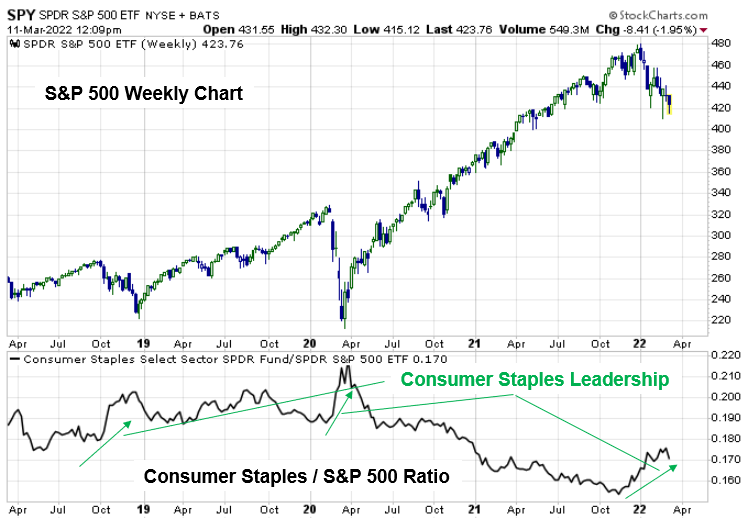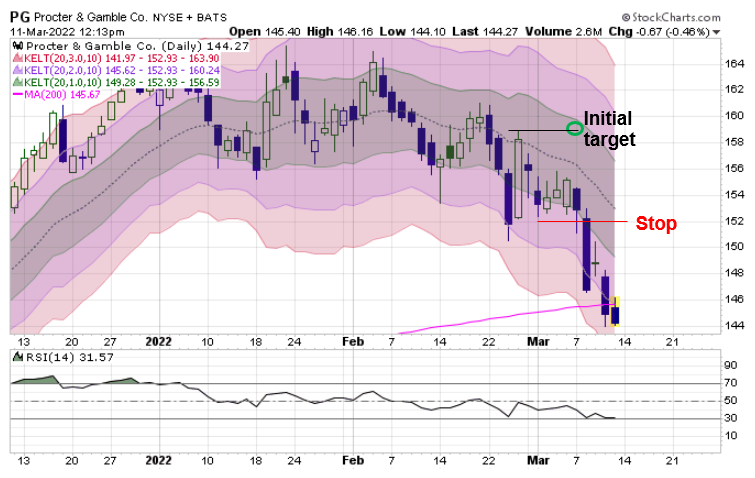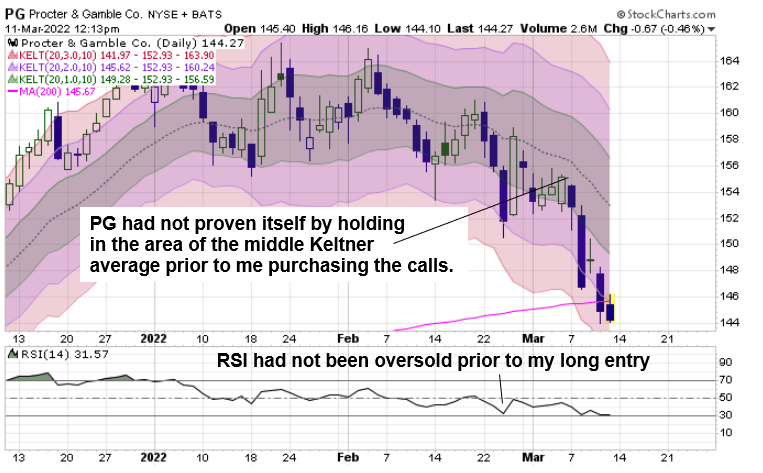I don’t know about you, but as a trader I LOVE MONDAYS.
It’s the start of a new week with the potential to make money doing something that I am energized to do each trading day.
Sure, there’s also the potential to lose money, but that’s not something that I worry too much about.
Why is that?
Because after 20 years in this business I know that I have developed the ability to follow my system of risk management.
Heck, I’ve learned to manage risk so well it even carries over into my personal life, into some of my favorite hobbies, like snowmobiling.

Unfortunately, starting a fresh week of trading can often come with the market gods serving up a giant S@&! sandwich for you to deal with.
Well, with so many stocks trading below their key 200 and 50-day moving averages, risk-off barometers like the VIX and gold skyrocketing, and a nuclear-armed mad man threatening to trigger WWIII, that’s certainly what was on Monday’s menu.
While none of this is my ideal trading environment, the trading must go on.
Now, believe it or not, cash is a position in times of uncertainty, and I’m not afraid to admit that I was holding higher levels of cash at the start of this week.
At the same time, though, I wanted to have some exposure to stocks.
To do this, I took a conservative approach to my Bullseye Pick, which was to get long in a leading company in the consumer staples sector.
In this business, companies that make things that folks need to survive and go about their daily lives are considered boring investments.
Why?
Because while they often generate reliable earnings, they rarely show a lot of sexy growth.
In risk-on environments, investors reward growth because it usually provides alpha (outperformance) over the broader market.
When things are less certain, however, they favor the reliability of those boring defensive stocks in the consumer staples sector.
To demonstrate this, this first chart shows the SPY (top panel) with a simple ratio chart that divides the consumer staples index ETF (XLP) by the SPY (bottom panel).

When the ratio line in the bottom panel is rising, it means the instrument in the numerator position (the top number) is outperforming the instrument in the denominator position (the bottom position).
By doing this, it becomes clear that the defensive consumer staples sector does indeed outperform the S&P 500 during bearish market cycles.
This tried-and-true method of sector allocation was the main reason I wanted exposure to this sector during the ugly start to this week.
My game plan for this trade was to look for an area to buy and use the lower pivots as my stop with a close below $152.
Since there was so much uncertainty at the start of the week (remember, the market HATES uncertainty) I only allowed for a $2 gap down to my stop.
In other words, that’s a very tight stop!
I chose to Buy the PG 25 Mar 22 $155 Call near $3.30
To the upside, I set a target in the $157-160 range, where the +1 ATR Keltner Channel was sitting.
This is all laid out on the chart below.

Look, if we are not honest with ourselves as traders we’ll never last in this business.
Now, while I was right in setting a tight stop to keep my losses very small in an uncertain environment, looking back I realize that I was not 100% true to how I usually like to enter these trades.
Specifically, on this next chart, you can see that PG had not yet proven itself by making its way back to and holding near the middle Keltner average.
In addition, the RSI momentum indicator still had not generated an oversold condition prior to my entry.

Traders, believe me when I tell you that you WILL have streaks where trade after trade is a loser.
Every great, legendary hedge fund trader that you may have read about has been through it too.
But they, like me, have some things in common, which are the realization that acknowledging when you are wrong early on in the trade, keeping losses small, and letting winners run are what cause your PnL to grow over time.
You may not look at it this way, but me sticking to my $152 stop level was a huge victory, since the stock continued to plunge another 6% or so into Friday’s close, which, if I would have continued to hold on to the position, could have led to devastating losses.
To YOUR Success!





